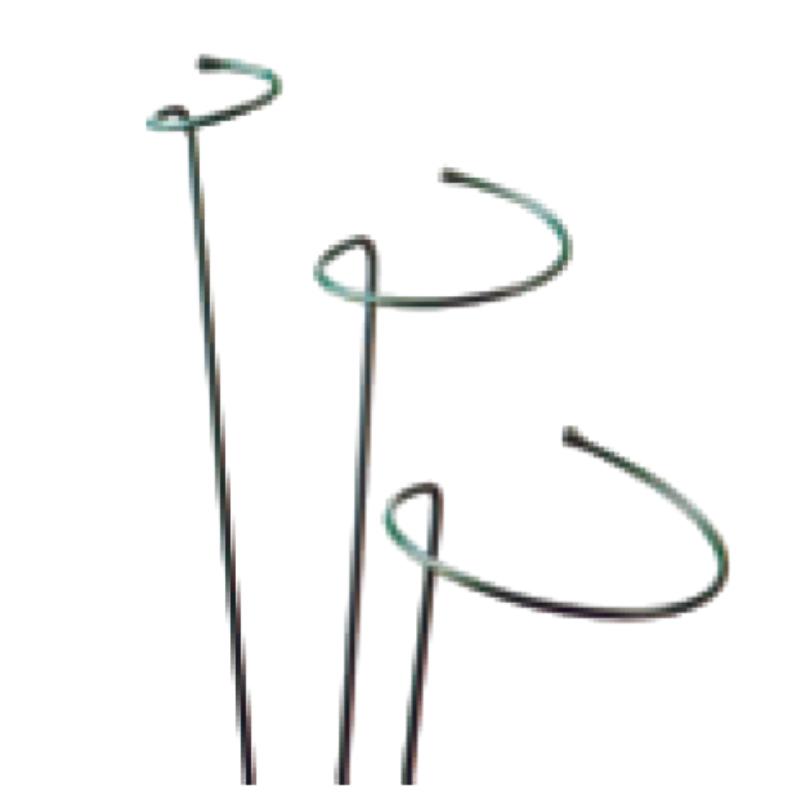-
Email:zhao@hyliec.cn
-
Tel:+86 311 85273988
-
WhatsAPP:8613931128750
-
 African
African -
 ChiAlbanian
ChiAlbanian -
 ChiAmharic
ChiAmharic -
 ChiArabic
ChiArabic -
 ChiArmenian
ChiArmenian -
 Azerbaijani
Azerbaijani -
 ChiBasque
ChiBasque -
 Chiberaruzi
Chiberaruzi -
 ChiBengali
ChiBengali -
 ChiBosnian
ChiBosnian -
 ChiBulgarian
ChiBulgarian -
 Katarani
Katarani -
 Cebuano
Cebuano -
 Kosikeni
Kosikeni -
 ChiCroatian
ChiCroatian -
 ChiCzech
ChiCzech -
 ChiDanish
ChiDanish -
 ChiDutch
ChiDutch -
 Chirungu
Chirungu -
 Esiperando
Esiperando -
 ChiEstonian
ChiEstonian -
 ChiFinish
ChiFinish -
 ChiFrench
ChiFrench -
 Frisian
Frisian -
 ChiGalician
ChiGalician -
 ChiGeorgian
ChiGeorgian -
 ChiJerimani
ChiJerimani -
 ChiGiriki
ChiGiriki -
 ChiGujarati
ChiGujarati -
 Kiriyoro yeHaiti
Kiriyoro yeHaiti -
 ChiHausa
ChiHausa -
 Chihawayi
Chihawayi -
 ChiHebhuru
ChiHebhuru -
 kwete
kwete -
 Miao
Miao -
 ChiHungarian
ChiHungarian -
 ChiIcelandic
ChiIcelandic -
 igbo
igbo -
 ChiIndonesian
ChiIndonesian -
 ChiIrish
ChiIrish -
 ChiItalian
ChiItalian -
 ChiJapanese
ChiJapanese -
 ChiJavanese
ChiJavanese -
 ChiKannada
ChiKannada -
 Kazaki
Kazaki -
 Khmer
Khmer -
 Rwandan
Rwandan -
 ChiKorean
ChiKorean -
 ChiKedhi
ChiKedhi -
 Kiyagizi
Kiyagizi -
 TB
TB -
 Ratini
Ratini -
 ChiLatvian
ChiLatvian -
 Ritunia
Ritunia -
 Rukusembogi
Rukusembogi -
 ChiMacedonian
ChiMacedonian -
 Malgashi
Malgashi -
 ChiMalay
ChiMalay -
 ChiMalayalam
ChiMalayalam -
 ChiMaltese
ChiMaltese -
 Maori
Maori -
 ChiMarati
ChiMarati -
 ChiMongoria
ChiMongoria -
 Mayanima
Mayanima -
 ChiNepali
ChiNepali -
 ChiNorwegian
ChiNorwegian -
 ChiNorwegian
ChiNorwegian -
 Occitan
Occitan -
 Pashito
Pashito -
 ChiPersian
ChiPersian -
 ChiPolish
ChiPolish -
 ChiPutukezi
ChiPutukezi -
 Punjabi
Punjabi -
 ChiRomanian
ChiRomanian -
 ChiRussian
ChiRussian -
 Samoan
Samoan -
 ChiGaelic cheScottish
ChiGaelic cheScottish -
 ChiSebhiya
ChiSebhiya -
 Chirungu
Chirungu -
 Shona
Shona -
 ChiSindhi
ChiSindhi -
 Sinhala
Sinhala -
 ChiSlovak
ChiSlovak -
 ChiSlovanian
ChiSlovanian -
 Somari
Somari -
 ChiSpanish
ChiSpanish -
 Sundanese
Sundanese -
 ChiSwahili
ChiSwahili -
 ChiSwedish
ChiSwedish -
 ChiTagalog
ChiTagalog -
 Tajik
Tajik -
 ChiTamil
ChiTamil -
 Tatar
Tatar -
 ChiTelugu
ChiTelugu -
 ChiThai
ChiThai -
 Turkish
Turkish -
 ChiTeki
ChiTeki -
 Ukrainian
Ukrainian -
 Urdu
Urdu -
 Uighur
Uighur -
 Uzbek
Uzbek -
 Vietnamese
Vietnamese -
 Welsh
Welsh -
 Help
Help -
 Yiddish
Yiddish -
 Yoruba
Yoruba -
 Zulu
Zulu
Metal Plant Supports
What Is The Support Structure Of A Plant?
The support structure of a plant refers to the system of tissues and organs that provide stability and enable the plant to maintain an upright position. This support structure includes several key components:
1. Cell walls: The rigid cell walls of plant cells provide structural support, especially in non-woody plants. The cell walls help maintain the shape and rigidity of the plant's cells, contributing to its overall structure.
2. Stems: Stems play a crucial role in supporting the plant and providing a framework for the attachment of leaves, flowers, and reproductive structures. The stems also facilitate the transport of water, nutrients, and sugars throughout the plant.
3. Roots: The root system anchors the plant in the soil, providing stability and support. Additionally, roots absorb water and nutrients from the soil, contributing to the overall health and growth of the plant.
4. Vascular tissues: Xylem and phloem are specialized tissues that form the plant's vascular system. Xylem transports water and minerals from the roots to the rest of the plant, while phloem transports sugars and other organic compounds to various parts of the plant.
5. Specialized structures: Some plants have specialized support structures, such as tendrils, thorns, or aerial roots, which aid in climbing, attachment, or additional support.
The combination of these structural elements allows plants to maintain their shape, withstand environmental forces, and support essential physiological processes.
Iron Plant Supports Faq
What are the benefits of using iron plant supports?
Iron plant supports offer durability and strength, making them suitable for providing robust support for heavy or sprawling plants. They can withstand the weight of mature plants and help maintain their shape and structure.
What types of plants are best supported by iron plant supports?
Iron plant supports are well-suited for providing support to a wide range of plants, including peonies, roses, delphiniums, and other tall or heavy-flowering perennials. They can also be used for supporting climbing plants such as clematis or sweet peas.
How should iron plant supports be installed?
Iron plant supports should be installed firmly in the ground to ensure stability. When supporting individual plants, place the support structure around the plant early in the growing season, allowing the plant to grow into and around the support naturally.
Are there different styles and designs of iron plant supports available?
Yes, iron plant supports come in various styles and designs, including hoop supports, grid supports, and individual stakes. These different designs cater to the specific needs of different types of plants and can provide effective support while enhancing the visual appeal of the garden.
How can iron plant supports be maintained?
To maintain iron plant supports, periodically inspect them for signs of rust or corrosion, especially if they are exposed to the elements. If rust is present, it can be removed using a wire brush, and the supports can be treated with a rust-resistant coating or paint to prolong their lifespan.






